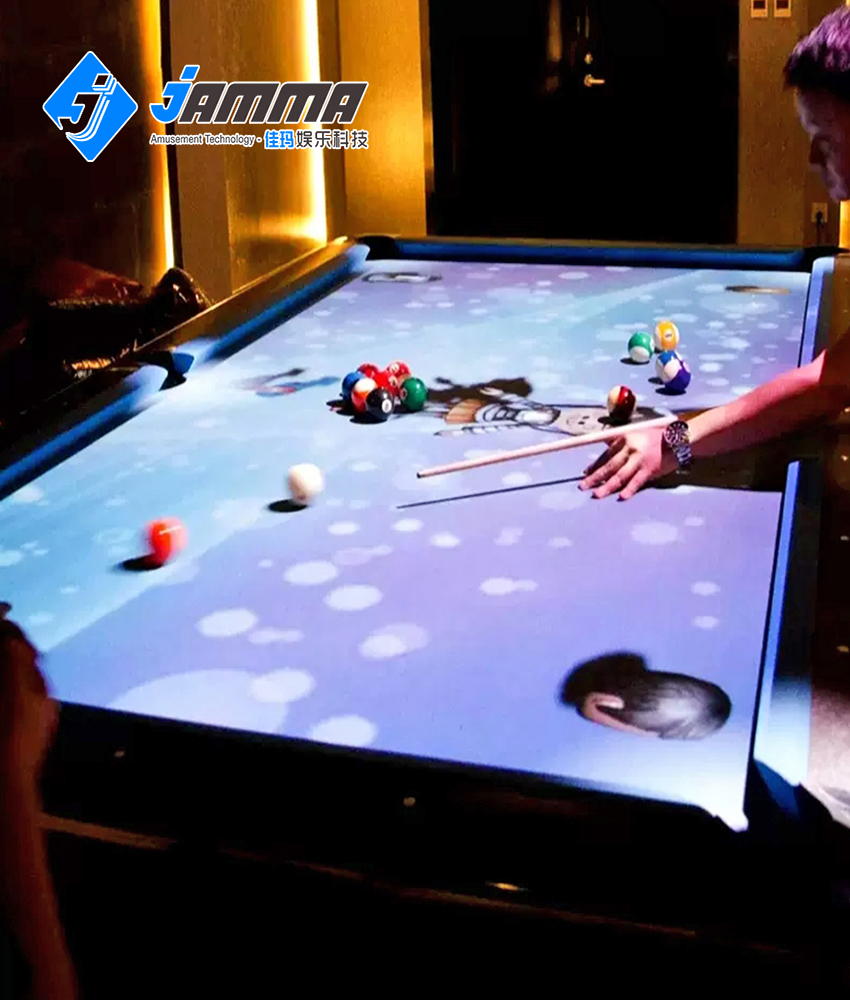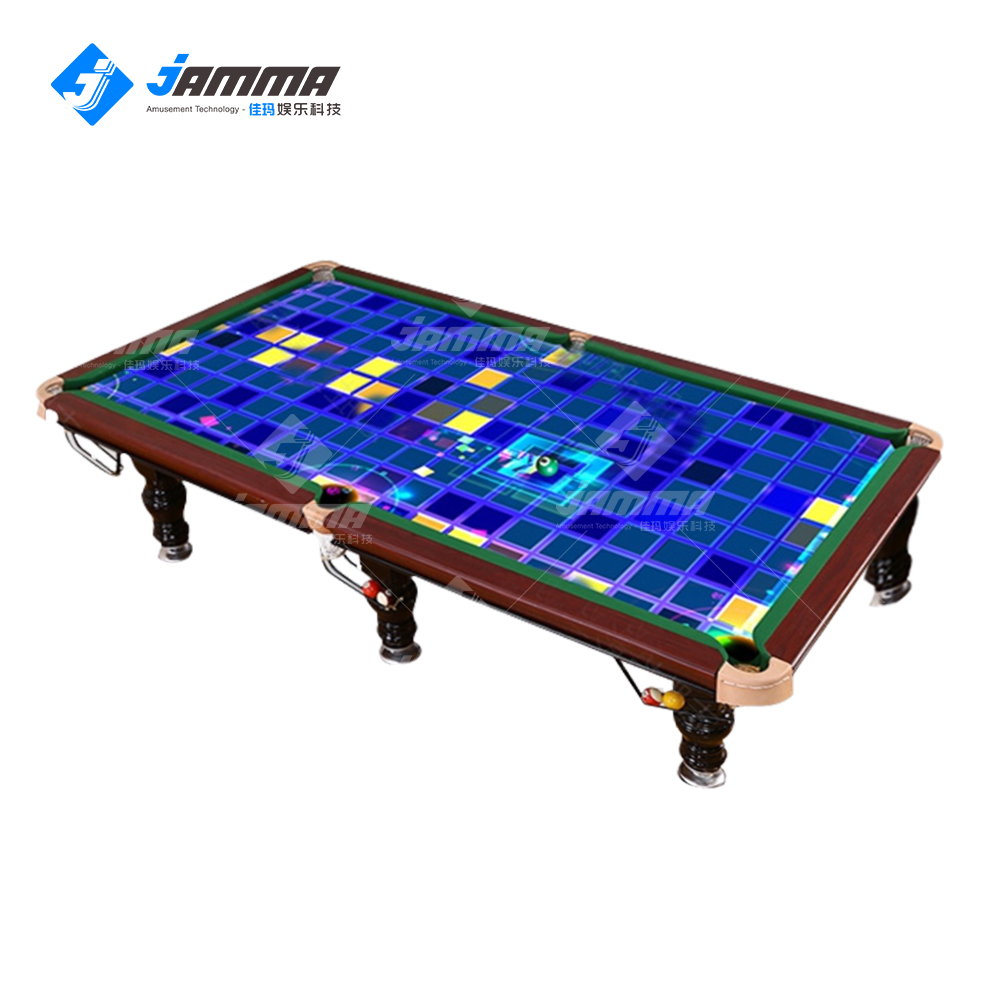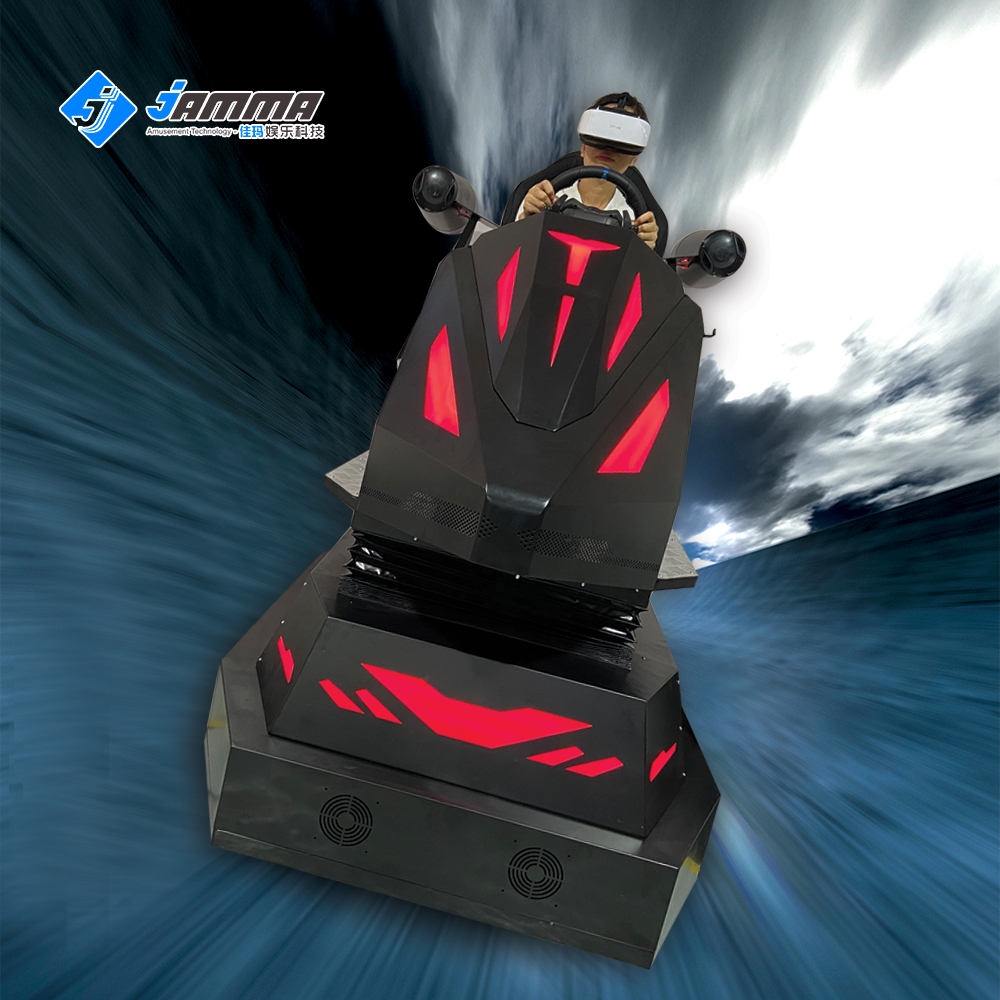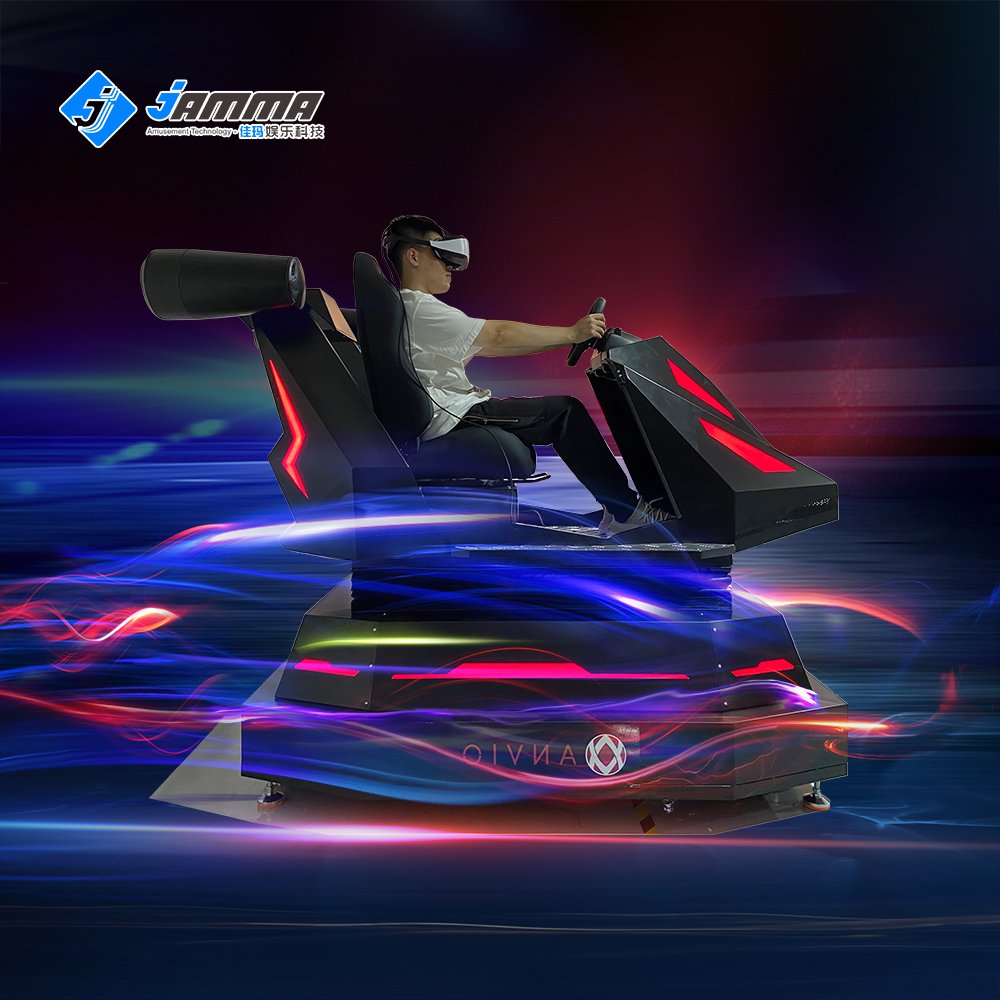Level Up Your Game: Interactive Pool Table Top Projection Gaming Experience
Beyond the Cue: The Importance of Designing Interactive Projections on Pool Tables
Traditional pool tables offer a fantastic game experience, but they lack the ability to cater to a wider audience or offer a truly unique experience. Interactive pool table top projection systems address this by introducing a new dimension of play:
- Enhanced Learning: Interactive projections can display virtual pool tables with different layouts or obstacles, allowing players to practice specific skills or learn new variations of the game in a fun and engaging way.
- Augmented Reality (AR) Integration: Imagine aiming your cue at a virtual ghost ball that dictates the path your actual cue ball needs to take for a perfect shot. AR integrations in interactive pool table projections can add a new layer of challenge and strategic thinking.
- Interactive Pool Ambiance Projection Tabletop Games: Go beyond traditional pool. Interactive projections can transform your pool table into a platform for a variety of engaging games. Imagine air hockey battles, virtual dartboards, or even classic arcade games projected onto the table surface.
- Multi-Player Fun: Interactive projections can create a more social and interactive experience. Imagine competing with friends in fast-paced, multi-player mini-games projected onto the pool table.
In short, interactive pool table projections offer a way to breathe new life into the classic game, catering to a wider audience and fostering a more engaging and dynamic playing experience.
Unleashing Creativity: Exploring Interactive LED Projection Tabletop Billiards
The core technology behind interactive pool table projections involves a projector and specialized software. Here’s a breakdown of the key components:
- High-Definition Projector: A high-definition projector is mounted above the pool table, projecting interactive elements onto the tabletop surface. Short-throw projectors are ideal for this application.
- Motion Tracking Sensors: Cameras or other sensors can be positioned strategically to track the movement of pool cues and balls. This data is then fed into the software to create an interactive experience.
- Custom Software: The heart of the system lies in the custom software that interprets the sensor data, generates the projected visuals, and manages the interactive elements of the games.


Beyond the Basics: Customizing Your Interactive Pool Table Experience
The beauty of interactive pool table projections lies in their customizability. Here are some ways to tailor the experience to your specific needs:
- Game Selection: Choose from a library of pre-loaded interactive games or collaborate with software developers to create bespoke games that align perfectly with your preferences.
- Difficulty Levels: Cater to players of all skill levels by offering adjustable difficulty settings within the projected games.
- Visual Themes: Choose from a range of visual themes to create the perfect ambiance for your interactive pool table experience. Imagine a classic pool hall atmosphere or a futuristic, neon-lit environment.
Finding the Right Fit: Suppliers, Manufacturers, and Your Dream Interactive Pool Table
Interactive pool table top projection systems are not yet a mass-market product. However, several specialized suppliers and manufacturers offer custom-designed systems. Here are some factors to consider when searching for a supplier:
- Experience: Look for suppliers with a proven track record in developing interactive projection systems, particularly for pool tables.
- Customization Options: Choose a supplier who offers a variety of customization options to ensure the system aligns perfectly with your vision.
- Technical Support: Ensure the supplier provides ongoing technical support and software updates to maintain the optimal performance of your interactive pool table.
Can I buy an interactive pool table projection system online?
While some online retailers may offer basic projector systems, custom interactive pool table top projection systems typically require collaboration with a specialized supplier who can design and develop the software and hardware components to meet your specific needs.








Recent Comments